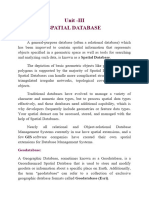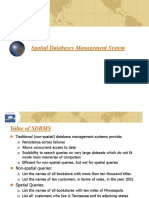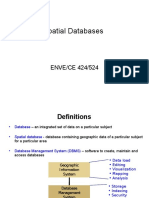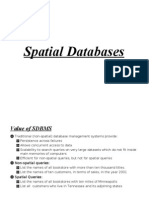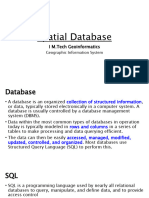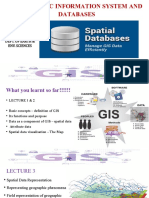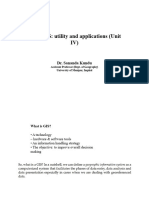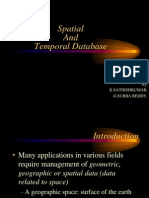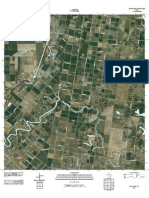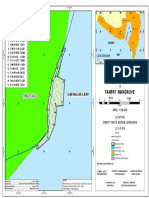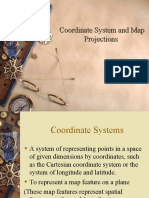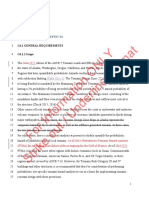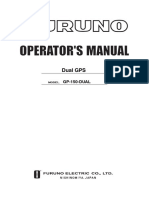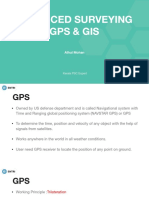0% found this document useful (0 votes)
12 views10 pagesDBMS and Spatial Referencing
The document states that the training data is current only up to October 2023. No further information or context is provided. It implies limitations on the relevance of the data beyond that date.
Uploaded by
nafyadjabesa18Copyright
© © All Rights Reserved
We take content rights seriously. If you suspect this is your content, claim it here.
Available Formats
Download as PDF, TXT or read online on Scribd
0% found this document useful (0 votes)
12 views10 pagesDBMS and Spatial Referencing
The document states that the training data is current only up to October 2023. No further information or context is provided. It implies limitations on the relevance of the data beyond that date.
Uploaded by
nafyadjabesa18Copyright
© © All Rights Reserved
We take content rights seriously. If you suspect this is your content, claim it here.
Available Formats
Download as PDF, TXT or read online on Scribd
/ 10










